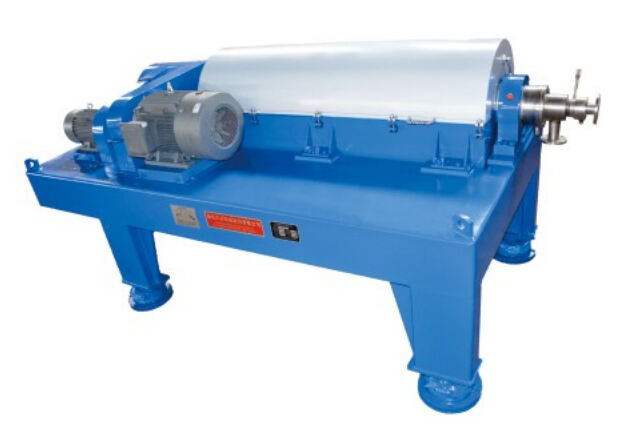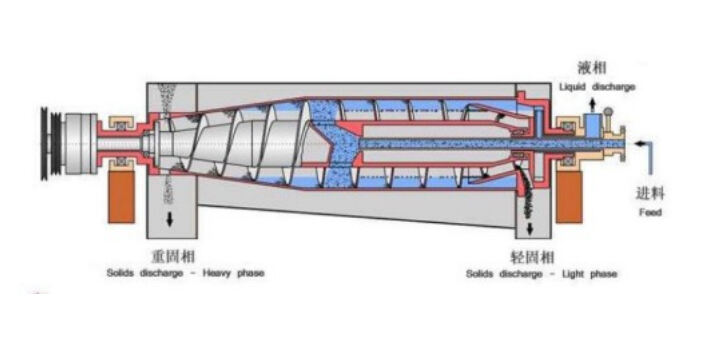highconsistency pulp separation
High consistency pulp separation represents a crucial process in modern pulp and paper manufacturing, designed to efficiently separate and process pulp at concentrations typically ranging between 8% to 35%. This advanced technology employs specialized equipment that can handle thick pulp suspensions while maintaining optimal separation efficiency. The system utilizes centrifugal force and screening principles to remove contaminants, including dirt, shives, and other unwanted particles from the pulp stream. The process is particularly notable for its ability to maintain fiber quality while operating at high consistencies, which significantly reduces water consumption and energy requirements compared to traditional low-consistency operations. The technology incorporates sophisticated pressure control mechanisms and specially designed rotors that prevent fiber damage while ensuring thorough separation. Applications span across various sectors of the pulp and paper industry, from virgin pulp processing to recycled fiber preparation. The system's versatility allows it to handle different types of raw materials, including hardwood, softwood, and recycled fibers, making it an essential component in modern paper mills. The process also contributes to improved environmental performance by reducing water usage and enhancing the efficiency of subsequent processing steps.


